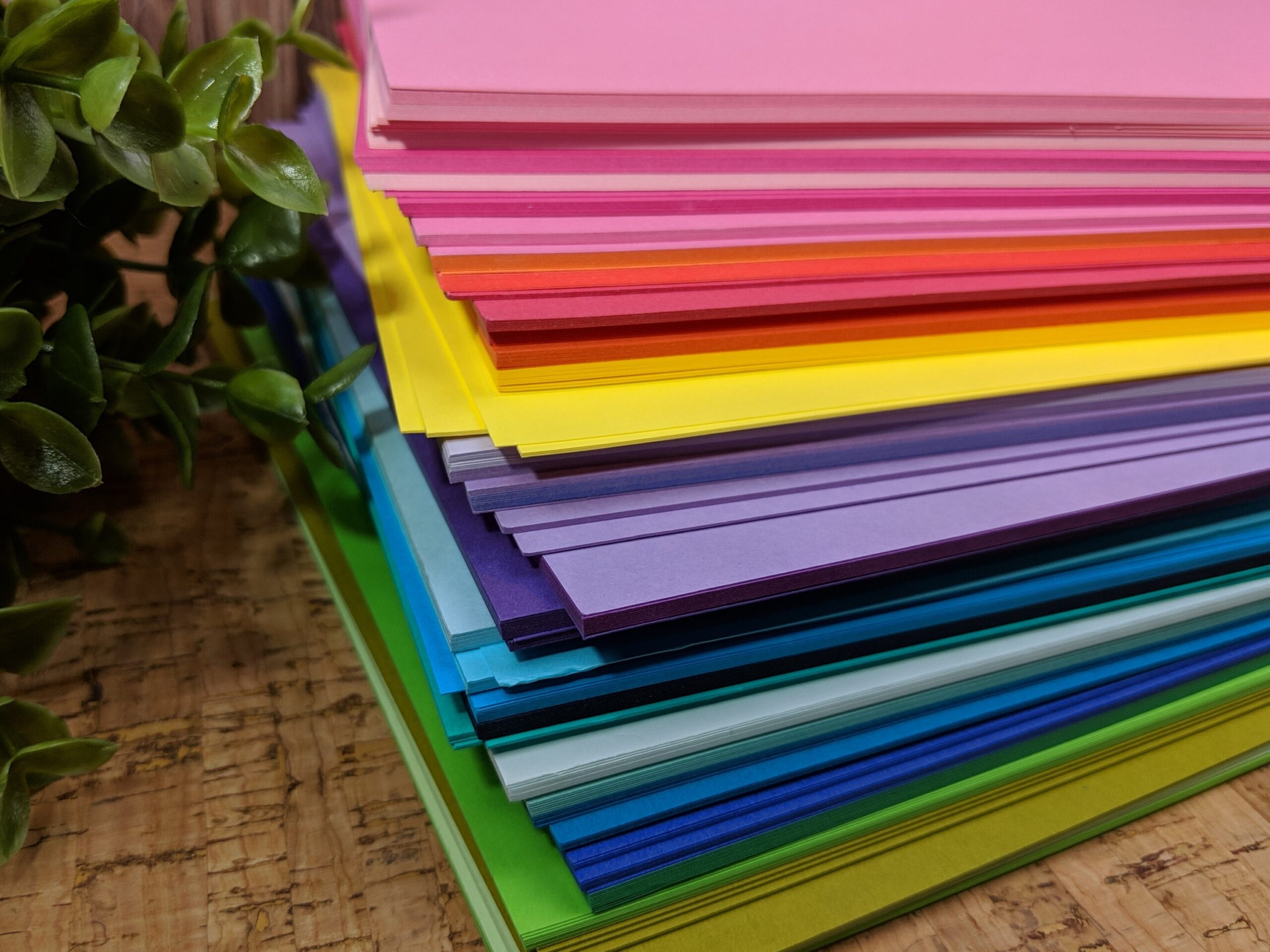Cardstock paper is a necessary component of any business or home. It is used for printing, binding, and a variety of other tasks including as manufacturing greeting cards and crafts. The type of cardstock you use is determined by the application. Some, for example, are better suited for printing than others.
The following are some of the most common varieties of cardstock paper:
Iridescent
Iridescent cardstock features a shimmering texture that reflects light from all angles, making your design visible from all sides. Because of the way light reflects off of it, it's ideal for making invitations and greeting cards. Iridescent cardstock also looks stunning when used with other iridescent elements such as sequins and foil embellishments.
Glossy
Glossy cardboard has little texture and shines from both sides. It has a more professional appearance than matte papers and lets your graphics to show out more vividly against the background, making it a perfect choice for business cards or greeting cards. It's also a fantastic choice for printing images on business cards because they'll be more vibrant and clearer than on matte paper.
Vellum
The softer alternative to regular business card paper stock is vellum. Despite being slightly heavier than conventional paper, it folds smoothly and without tearing or creasing. When held up to a light source, vellum, also known as transparent paper, allows light to pass through. This offers your business cards a professional appearance that distinguishes them from others in your sector.
Textured
Textured cardstock paper is widely used for invitations, thank you cards, and scrapbooking. It's available in a variety of textures, including linen, marble, flocked, and even patterned papers that look like woven fabric. These sheets are generally used in conjunction with patterned cardstock to create one-of-a-kind invitations or greeting cards.
Matte
Cotton fibres are combined with starch or another glue to create mat cardboard. The fibres are typically left uncoated, giving them a dull appearance rather than a sparkly one like picture paper. Matte cardstock has no sheen or glare, making it suitable for printing images with a natural appearance.
Glitter
Glitter paper is coated with minute particles of foil or other glittering substance, giving it an iridescent appearance when viewed from various angles. Metallic gold, silver, or any other colour that wonderfully reflects light can be used to give your product a one-of-a-kind appearance. Glitter cardstock can also be used as an accent colour on a basic matte background to offer visual interest while remaining unobtrusive.
Conclusion
Cardstock paper is a popular choice among businesses and individuals alike. If you're looking for the perfect paper for your invitation, brochure, or stationery, this is the time to educate yourself on the various varieties of cardstock materials available. Generally, cardstock paper is thicker and more robust than conventional paper, so it won't shred or rip as easily. That’s why it’s ideal for scrapbooking and greeting card creating. It is also available in a wide range of colours, textures, and weights to accommodate a wide range of artisan crafts.


